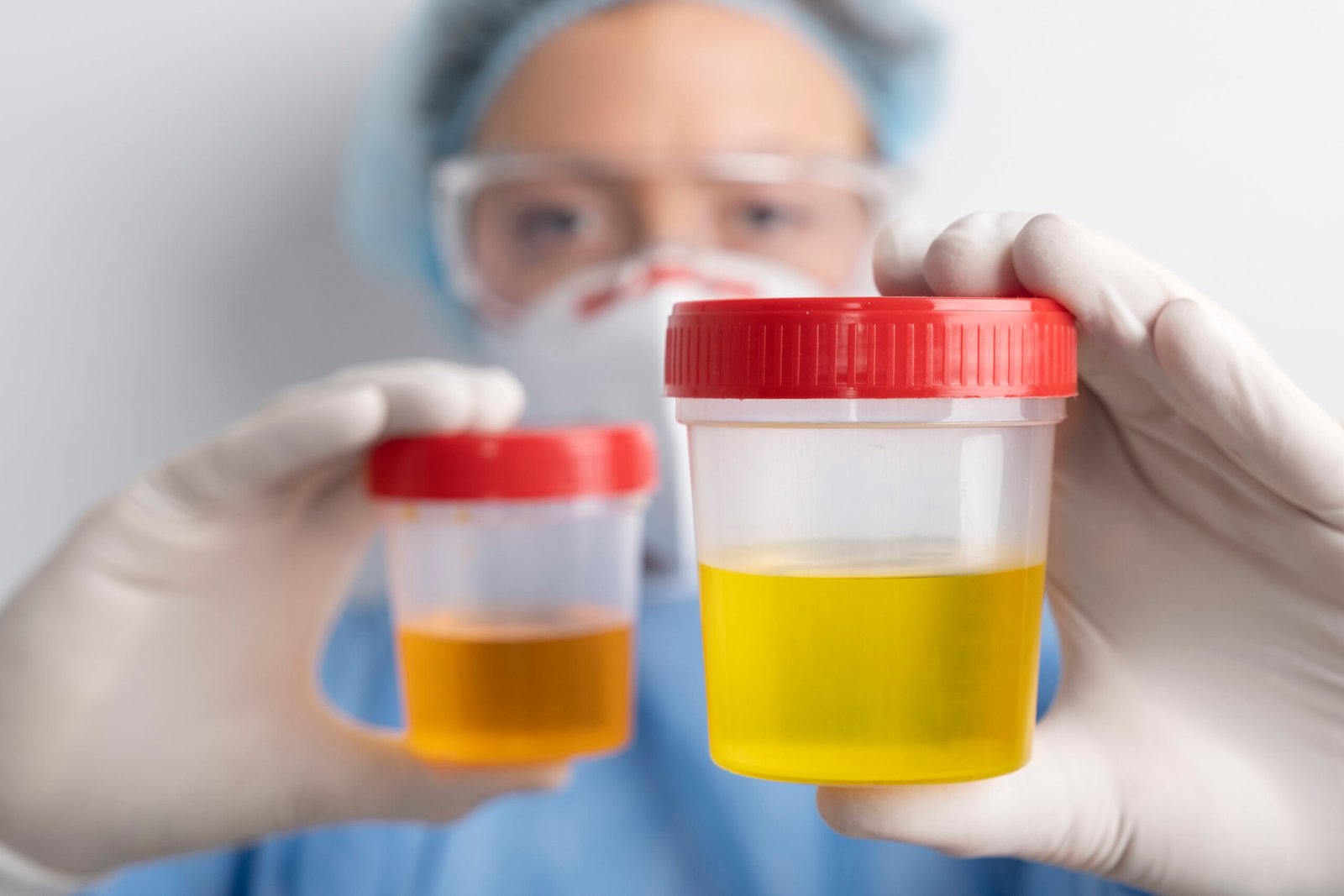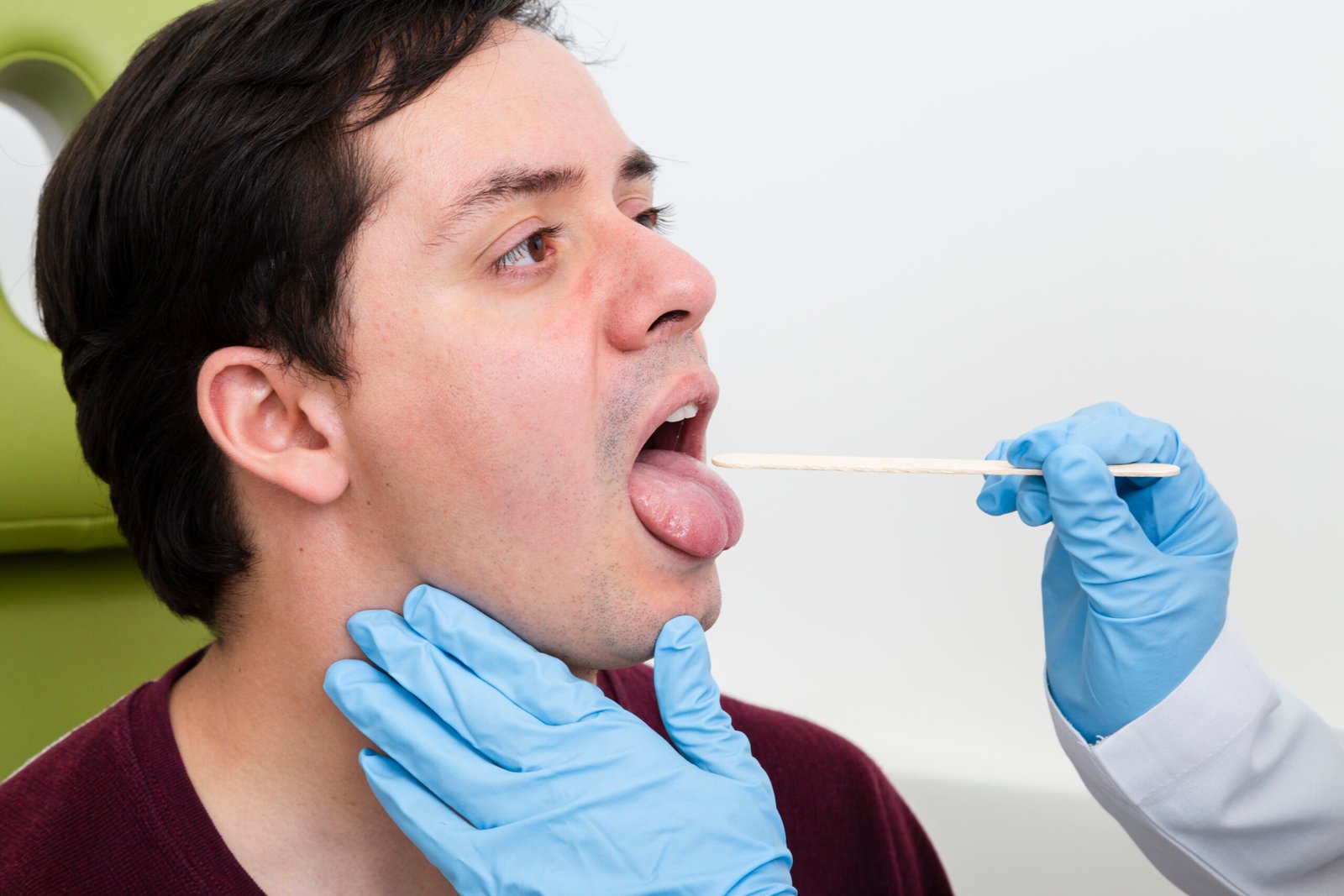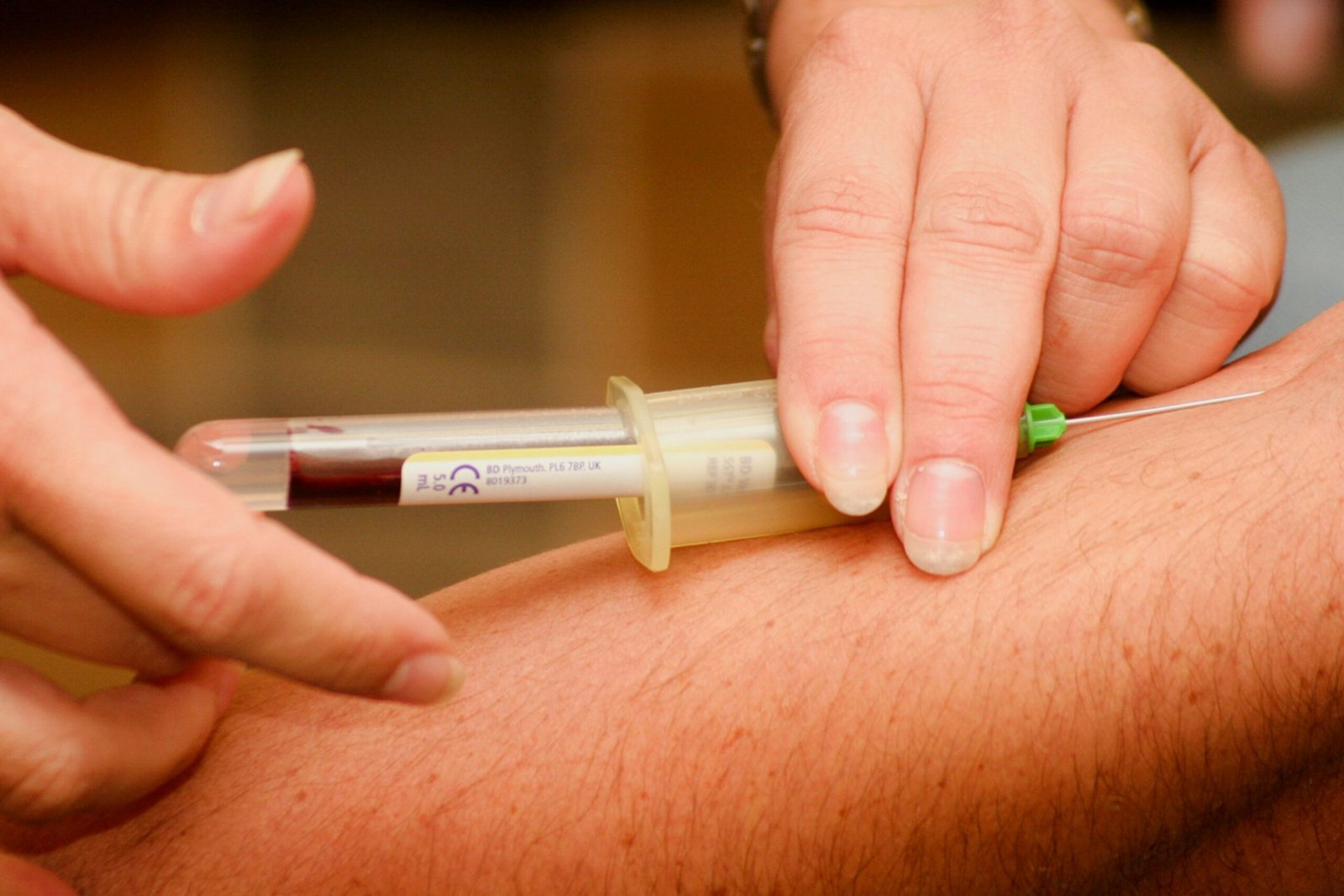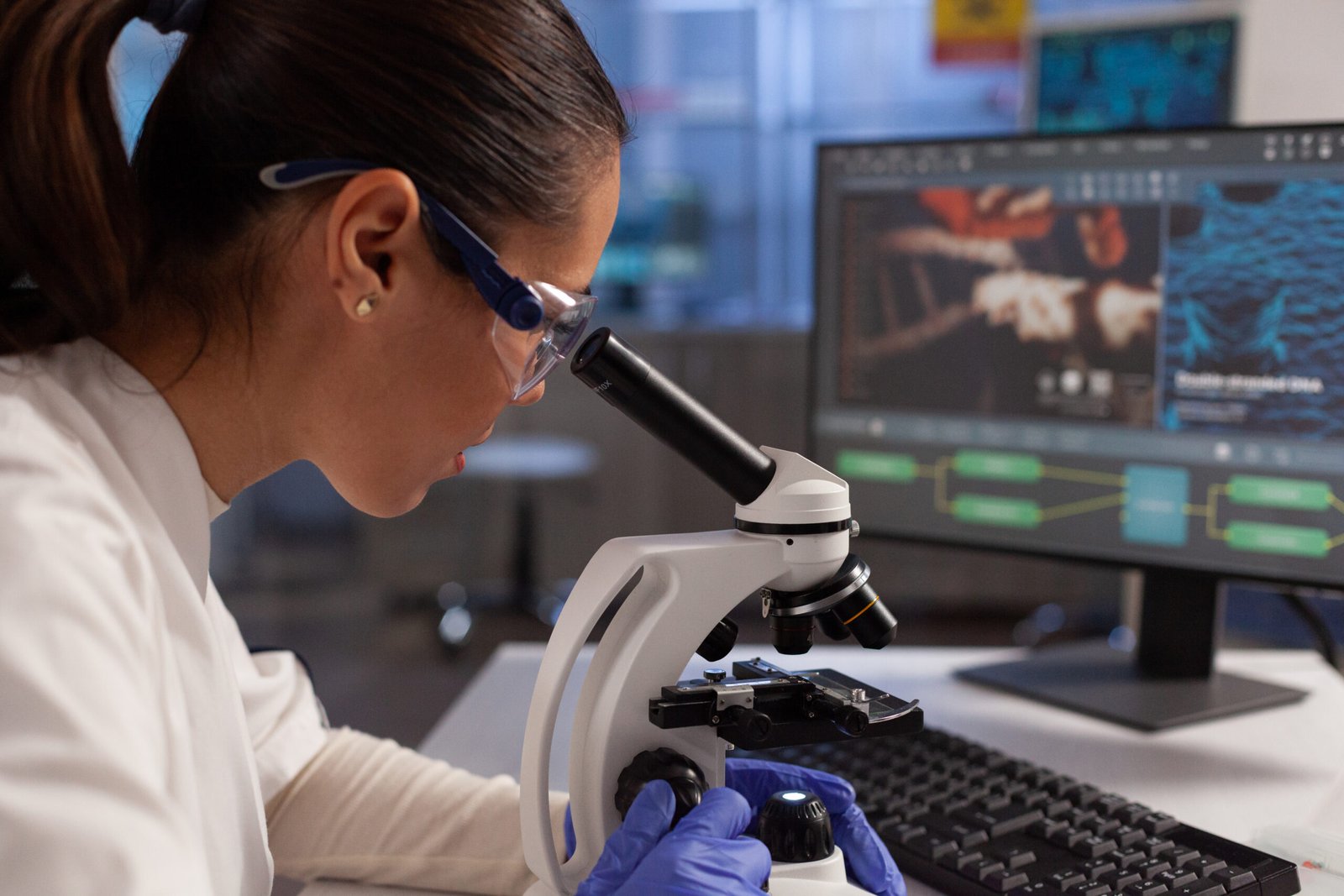
Urine Test
Urine testing is a crucial component of DOT compliance, primarily used to detect the presence of drugs and alcohol in the system of commercial drivers. This type of testing helps ensure that drivers are not impaired while operating commercial vehicles, thus enhancing safety on the roads.
Pre-Employment Testing
Conducted before a driver is hired to ensure they are drug-free.
Mandatory for all potential new hires for safety-sensitive positions.
Random Testing
Drivers are randomly selected for testing throughout the year.
Helps deter drug and alcohol use among employees.
Post-Accident Testing
Required after certain types of accidents to determine if drug or alcohol use contributed to the incident.
Typically conducted as soon as possible following the accident.
Return-to-Duty Testing
Conducted after a driver has violated DOT drug and alcohol regulations and completed the required treatment or rehabilitation.
Ensures the driver is drug-free before resuming safety-sensitive duties.
Follow-Up Testing
Required for drivers who have returned to duty after a violation.
Typically involves a series of unannounced tests over a specified period.

Saliva and Oral Test
A saliva test, also known as an oral fluid test, is a diagnostic tool used to detect the presence of substances or biomarkers in the saliva. It is a non-invasive and convenient method widely used in various fields, including healthcare, drug testing, and disease diagnosis.
Employment Screening: Employers use saliva tests to screen for drug use among potential and current employees.
Law Enforcement: Police use saliva tests during roadside checks to detect drivers under the influence of drugs.
Rehabilitation Centers: Used to monitor individuals undergoing treatment for substance abuse.
Stress Levels: Measuring cortisol levels to assess stress.
Nutritional Deficiencies: Identifying deficiencies in vitamins and minerals.
Infectious Diseases: Oral tests can detect pathogens such as HIV, hepatitis, and COVID-19, providing a quick and easy diagnostic method.
Genetic Disorders: Saliva samples can be used for genetic testing to identify hereditary conditions and predispositions to certain diseases.
Hormone Levels: These tests can measure hormone levels, aiding in the diagnosis of endocrine disorders.

Blood Draws
Blood tests are an integral part of the DOT’s drug and alcohol testing program, which aims to promote safety on the roads by ensuring that drivers are free from substances that could impair their ability to operate commercial vehicles safely.
Detection of Impairment: Blood draws are used to detect the presence of alcohol and drugs in a driver’s system. This includes substances like amphetamines, marijuana, cocaine, opiates, and phencyclidine (PCP).
Post-Accident Testing: In the event of a serious accident, blood draws are conducted to determine if alcohol or drugs were a contributing factor.
Health Monitoring: Blood tests can be part of the medical examination process to ensure that drivers meet the physical qualification standards set by the DOT.
Chronic Conditions: Monitoring for chronic conditions like diabetes or high blood pressure, which could affect a driver’s ability to operate a vehicle safely.
Mandatory Testing: Blood draws for drug and alcohol testing are mandatory under certain circumstances, such as pre-employment, random testing, reasonable suspicion, and return-to-duty testing.
Record Keeping: Proper documentation and record-keeping of blood test results are required to demonstrate compliance with DOT regulations.

DNA Test
DNA testing, also known as genetic testing, involves analyzing an individual’s DNA to identify genetic information. This process can reveal valuable insights about ancestry, health, and biological relationships. DNA is the hereditary material in humans and almost all other organisms, containing the instructions necessary for the growth, development, functioning, and reproduction of all living things.
Genealogical Testing: Used to trace lineage and ancestry, identifying ethnic backgrounds and familial connections.
Y-DNA and mtDNA Testing: Y-DNA tests trace paternal lineage through the Y chromosome, while mtDNA tests trace maternal lineage through mitochondrial DNA.
Paternity Testing: Determines whether a man is the biological father of a child.
Sibling and Grandparent Testing: Establishes biological relationships between siblings or between grandparents and grandchildren.
Carrier Testing: Identifies carriers of genetic mutations that could be passed on to children.
Predictive and Presymptomatic Testing: Detects genetic mutations that may increase the risk of developing certain diseases, such as cancer or Alzheimer’s.
Non-Invasive Prenatal Testing (NIPT): Screens for certain genetic conditions in a fetus by analyzing small fragments of fetal DNA in the mother’s blood.
